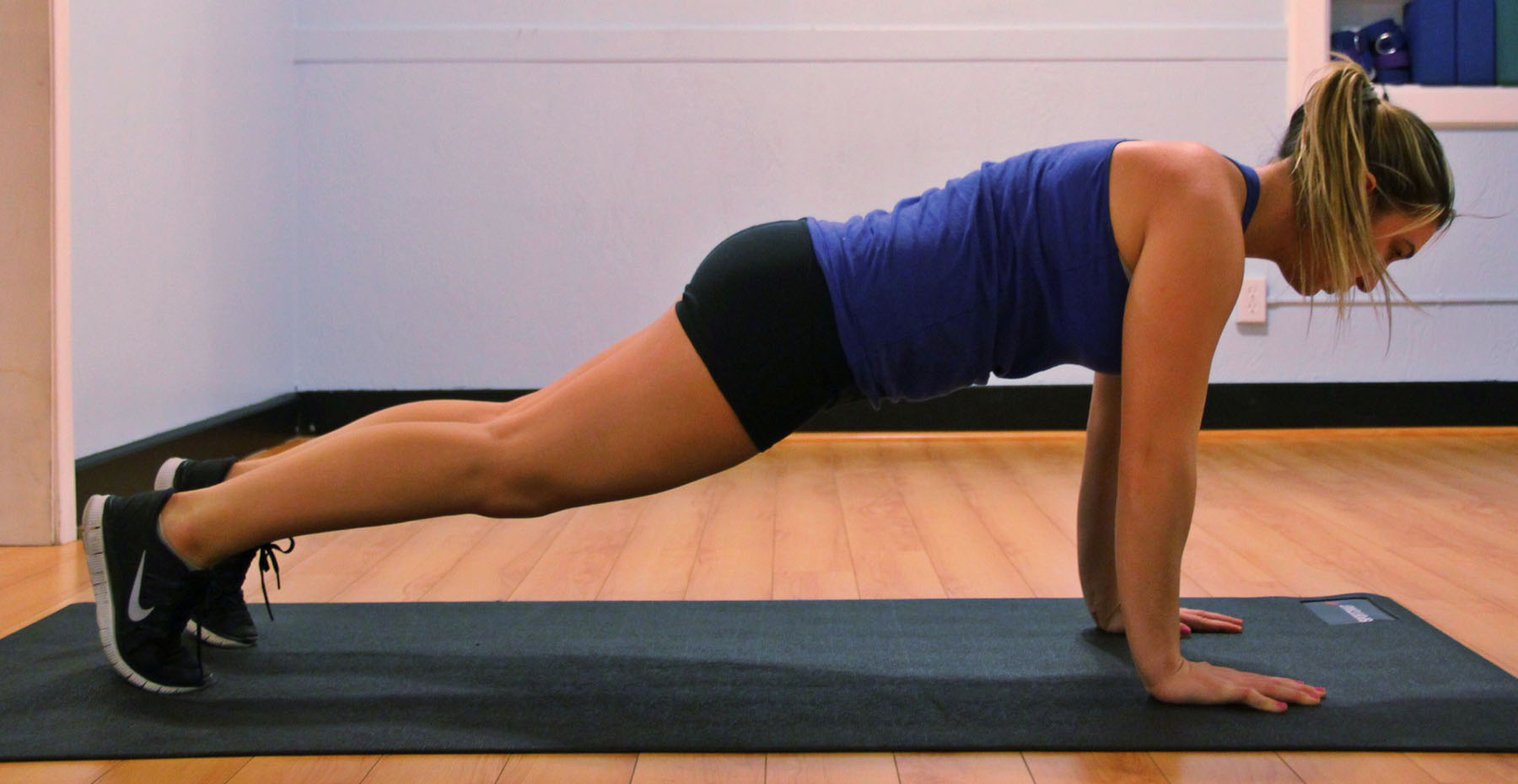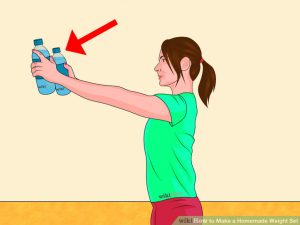Balancing a healthy diet and a consistent exercise routine can often feel like a complicated equation, but successful healthy living is truly about synergy, not sacrifice. The key to long-term,
Home Exercise Programs: The Key to Recovery
June 30, 2016 6:27 pm / Category: Get You There , Physical Therapy

BY LYNDSAY DEFILIPPO, DPT, RAUSCH PHYSICAL THERAPY
If you have ever undergone physical therapy, chances are that at one time or another you have received a home exercise program (HEP) from your therapist. As a physical therapist, I do my best to stress to my patients how crucial HEPs are to their recovery, but despite my best efforts I’ve found that only a small percentage of patients ever complete their program. And I get it! The whole reason you schedule a PT appointment is so you can focus on your recovery for a solid hour because outside those clinic doors you have a busy life and schedule. Sure you’ll plan to do your HEP after work, or after you put the kids to sleep, or before bed, or you’ll wake up early tomorrow… but slowly it disappears off the “to-do” list. Unfortunately when that happens, your recovery ebbs and flows instead of you making continued progress.
So, stop sabotaging your recovery! Completing your HEP will aid in a quicker, more successful long-term recovery. Once you’ve decided to commit yourself to your health, wellness and recovery, it’s actually very easy to incorporate a program into your daily routine, even with the busiest of schedules and with little to no equipment.
I’ve made a list of the four most common HEP-related complaints I hear on a daily basis, as well as some accompanying tips and tricks on how to stay compliant with your HEP simply by getting creative and making the choice to commit to YOU!
Complaint 1: I don’t have time to perform the program every day.
Solution: Incorporate portions of your program throughout your day.
If you don’t have time to complete all your exercises in one sitting, try spreading them throughout the day instead. Practice your single leg balance, heel raises, toe yoga, arch lifts, etc. while brushing your teeth. While you’re waiting in line for your morning coffee, stuck in traffic, or taking a break from the computer, do your chin tucks, neck stretches, or shoulder squeezes. If you’re a student and are unable to participate in the demands of gym class or sports because of your injury, perform your home program during practice/class time. Finding those little spaces in your day to sneak in an exercise or two will ensure you are keeping up with your program—without jeopardizing your free time.
Complaint 2: There are just so many exercises…
Solution: Ask your PT to prioritize your exercise list.
As you get better and are able to do more, your HEP also progresses and consequently might seem more lengthy than it was in the first few sessions. I find that a huge list of exercises often gives patients anxiety, which is one of the reasons I tend to start my patients off with two to three exercises, then build accordingly. Although the basic fundamentals are always important as they are your building blocks, you can discuss with your therapist the most important exercises for you to complete at your current status and break them up throughout the day.
Complaint 3: How am I supposed to perform the exercises if I don’t have the equipment!?
Solution: Not all exercises require the exact equipment we have at the clinic—get creative!
By substituting in household items, you can still target certain muscle groups and movements and ensure you continue making progress without any clinical equipment. For example:
| Clinic Equipment | Household Substitute |
|---|---|
| STRETCH OUT STRAP | Yoga strap, dog leash, belt from a bathrobe, regular belt, or long beach towel |
| 1 LB. WEIGHT | Full water bottle or soup can |
| CABLE COLUMN | Resistance bands strapped over a door |
| FOAM MAT | Bath towel folded multiple times or a pillow on a carpeted or secure surface (Avoid placing on slick surfaces to decrease your chances of slipping!) |
| CUFF WEIGHT | Insert a soup can or other weighted object in a purse or small bag; hang off your ankle for leg lifts, knee extensions, etc. |
| SLIDERS | Washcloth or towel on a hardwood floor |
| CALF SLANT BOARD | Using a yoga strap/leash/belt/towel, perform the calf stretches in sitting position |
**IMPORTANT** As with all exercise safety, please ask your therapist if you can substitute equipment, as this blog is only a recommendation and does not apply to all medical cases.
Complaint 4: I’m going on a work trip/vacation, so I won’t be able to do my HEP

Photo Credit: WikiHow
Solution: Home exercise programs are designed to be done anywhere.
Most clinics will give you a print out of your home exercise program sheet, or in our clinic’s case, make it accessible online at homeprograms.net. This means that your HEP is accessible anywhere.The substitutions above are also great ways to stick to your program while you’re traveling, as most hotels offer water bottles, bathrobes with belts, towels, etc.
With summer coming up, incorporate and utilize your environment.
- If your family lives in the pool all summer… Ask your PT if you would benefit from a water program.
- Heading on a tropical vacation? Sand acts as an unstable/uneven surface to promote balance and proprioceptive training.
- If your trip requires a long flight… It’s always good to incorporate a program to avoid prolonged sitting and potential for blood clots, such as frequent walking breaks, ankle pumps, heel raises, marching in place, etc.
BONUS QUESTION! BUT, if I were to purchase items, which do you recommend most?
Depending on the injury you are recovering from and the outlined program that your PT has developed for you, a few must have items I would recommend for continued health include:
- Foam roller
- Lacrosse ball
- Stretch out strap
- Portable resistance-style bands
At the end of the day, your PT cares about your recovery and s/he would not personally create your individualized home program if s/he didn’t think it would be beneficial. It’s important to also invest in your health and take all aspects of recovery seriously. Like all things, once you make the changes and incorporate your exercises into daily life, it will become routine and therefore easier to adhere to on a daily basis. You will also reap the rewards, and return to the things you love most that have inevitably been altered since your injury.
Lyndsay DeFilippo PT, DPT, CKTP received her Doctorate of Physical Therapy from New York University in 2010. She’s a Graston Practitioner and a Certified Kinesiotaping Practitioner. Lyndsay looks at each injury as a constantly changing puzzle, which is only solved when her patient returns to what s/he loves doing. She enjoys helping with the full recovery process, which includes providing the education, tools and fundamentals to prevent re-injury and the potential for new injuries.
Click to learn more about Lyndsay and our other physical therapists »







